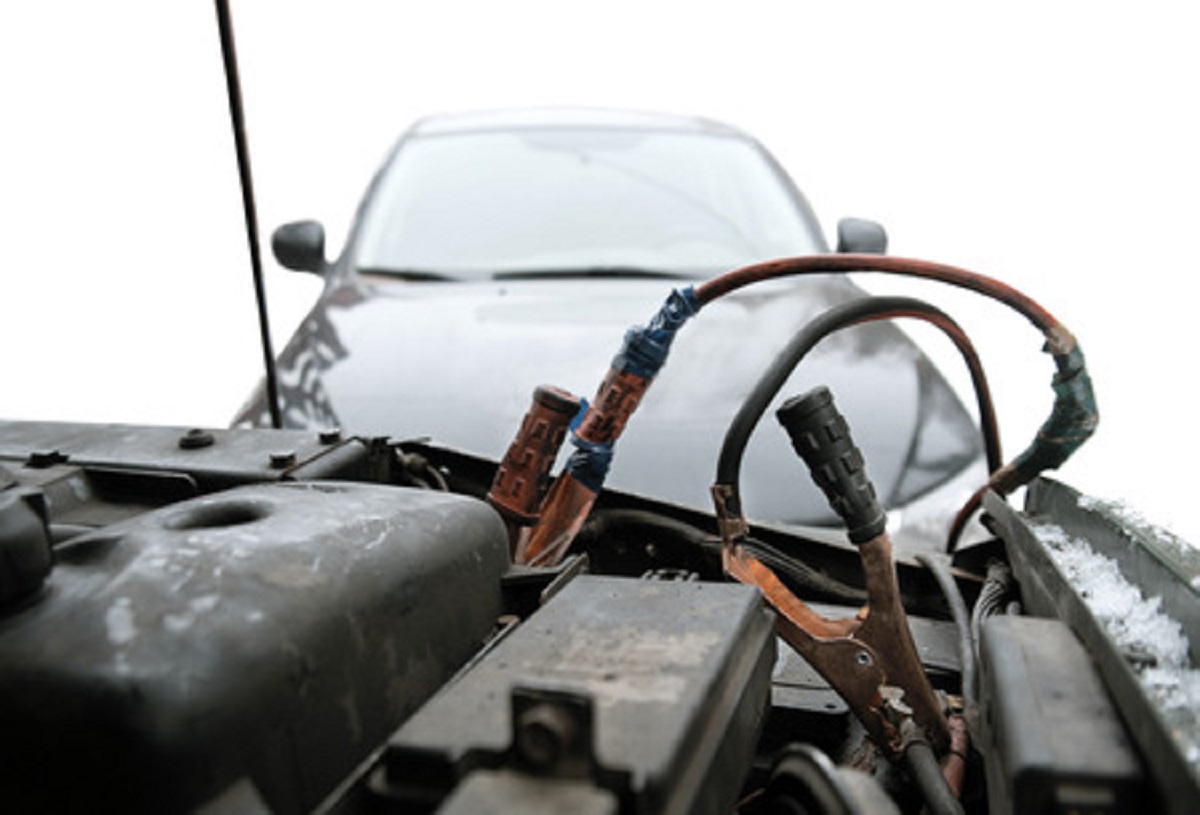Your car battery not starting is never a good way to start the day—you get in, turn on your vehicle, and nothing happens. The engine may click, but that’s all it’s giving you. You need to fix it, so you can be back on the road, but if you’re prepared, you have a pair of jumper cables in your car. Starting now, you will learn how to jumpstart the battery with these simple steps.
- Choosing the best jumper cables to suit your car is important. Jumper cables are a popular tool to jumpstart vehicles because they are inexpensive and easy to store. They come in a variety of lengths, ranging from 10-20 feet.
- While you may think longer cables are best, they may lose power. They longer the cable, the farther the energy must travel. Also, the cable’s gauge is important. The lower the gauge, the thicker and stronger the cable. Gauge six is the standard size.
- Always keep safety in mind. Keep small children away and take a moment to read your car’s manual, as some vehicles require more steps than others for jumpstarting. Always keep in mind electric shock is a huge possibility because it is transferring energy from one car to another.
- When connected, do NOT touch the metal clamps to anything but the correct battery terminal. Gloves and protective eyewear are highly recommended.
- To prepare your car for a jump, park the working car facing the other about 18 inches apart. Make sure they do not touch. For automatic cars, place in park. For manuals, neutral. Set the parking breaks in the vehicles so neither move.
- Cars should be off with keys removed. Set the jumper cables on the ground and make sure the clamps don’t touch. Open the hoods, locate the batteries, and identify which terminal is positive and negative. If they’re dirty, wipe them off with a rag.
- Attach the red, positive cable to the positive side of the battery. Make sure the connection is solid. Then, attach the positive side to the positive battery terminal on the working car. Then, connect the black, negative cable to the negative terminal of the working car. DO NOT connect it to the dead battery. Instead, attach it to an unpainted metal part of your car, such as a clean nut on the engine block.
- You are now ready to jumpstart. Start the working vehicle, and then wait for a minute depending of the battery’s age and how long it was dead—it may take a minute or so for the jump to work. Try to start the dead car. If unsuccessful, wait another minute or two. Sometimes reviving the engine of the working car helps. Once the dead car is running, disconnect the cables starting with the negative clamps. Do not let the clamps touch while other cables are still attached to a car.
- Now, do a test run with a short drive. This helps the battery build up a charge from the alternator to ensure your vehicle does not die once you turn it off again.
- If the jump is unsuccessful or dies again, a bigger issue may be at hand. Fuses, corrosion, faulty alternator, starter connection, or ignition switch may be contributing to your car’s inability to work. If you can’t fix the problem, take it to your local car mechanic to solve the issue. While dealing with car batteries can be a pain, these tips will help you know what to do if yours dies.
Think you or someone you know is in need of Behind the Wheel Training? Training Wheels is a Linwood driving school specializing in teaching new teen drivers how to stay safe on the road. For more information on our lessons, please click here.
Copyright: victorass88 / 123RF Stock Photo

